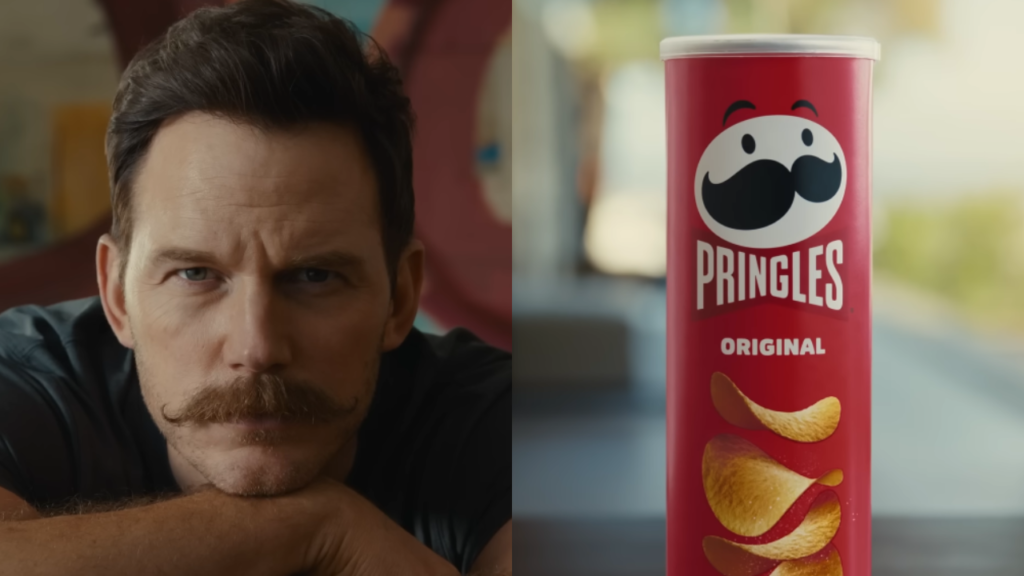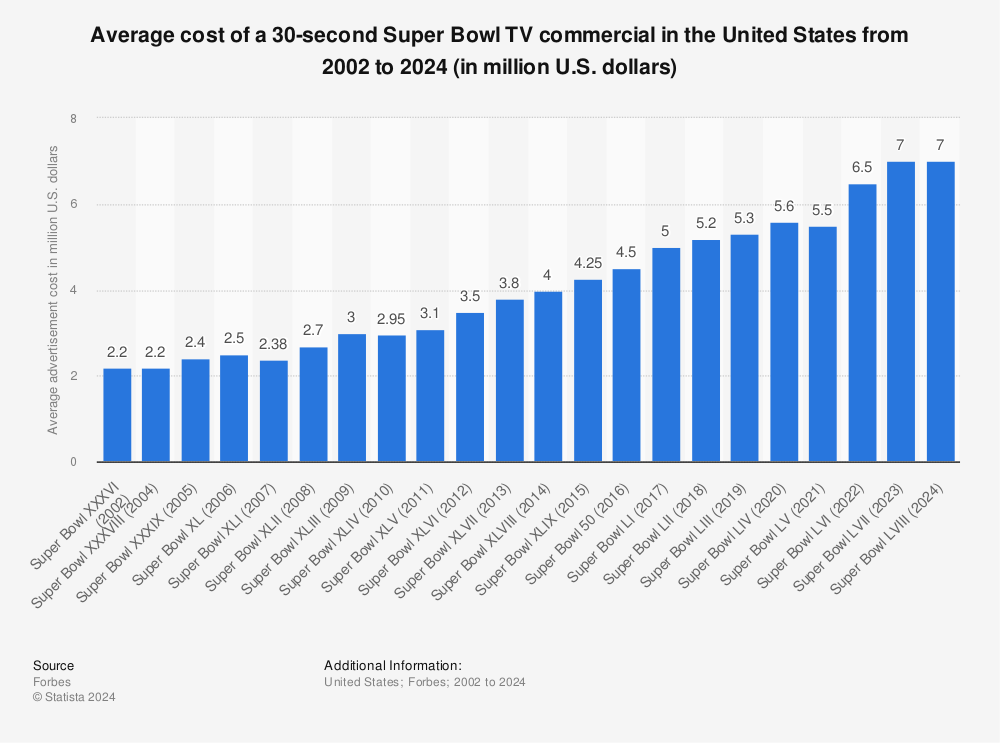The Super Bowl isn’t just about the game; it’s a cultural event that captivates millions of viewers. One of the most talked-about aspects of the Super Bowl is the commercials. Each year, companies shell out staggering amounts of money to secure their spots during this coveted time. But just how much do they spend, and why is it worth it? Let’s dive into the fascinating world of Super Bowl advertising.
How Much Money Do Companies Spend on Super Bowl Commercials

The Super Bowl: More Than Just a Game
Cultural Significance of the Super Bowl
The Super Bowl is more than a championship game; it’s an American tradition. Families and friends come together to watch the big game, making it one of the most-watched events of the year. This cultural significance creates a unique opportunity for brands to connect with a massive audience.
The Commercial Break Phenomenon
During the Super Bowl, commercial breaks become events in themselves. People anticipate the ads almost as much as the game, often discussing and sharing their favorites on social media. This phenomenon turns each ad into a mini-event, amplifying its reach and impact.
The Cost of Super Bowl Commercials
Historical Cost Trends
Historically, the cost of Super Bowl commercials has skyrocketed. In the first Super Bowl in 1967, a 30-second spot cost just $40,000. Fast forward to today, and the prices have inflated dramatically, reflecting the growing demand for airtime during this coveted broadcast.
Current Advertising Rates
Cost Per 30-Second Spot
In recent years, the cost for a 30-second Super Bowl ad has reached new heights. For Super Bowl LVII in 2023, companies paid around $7 million for a single 30-second spot. That’s a significant investment for just half a minute of airtime!
Premium Rates for Popular Slots
Companies often compete for prime advertising slots, especially during pivotal moments in the game. Ads aired just before halftime or during key plays can demand even higher prices, sometimes exceeding $8 million for a 30-second spot.
Factors Influencing Advertising Costs
Demand and Competition
The fierce competition among brands to capture viewer attention drives up costs. As more companies recognize the Super Bowl’s potential for exposure, they’re willing to pay top dollar for a slice of the action.
Production Costs
Beyond airtime, companies must also invest in production costs, which can range from thousands to millions of dollars. High-quality visuals, celebrity endorsements, and intricate storylines all contribute to a substantial budget, often pushing total spending into the double digits.
The Value of Super Bowl Ads
Audience Reach
The Super Bowl attracts an audience of over 100 million viewers, providing unparalleled exposure. This massive reach makes it an appealing platform for brands looking to expand their visibility and connect with potential customers.
Engagement and Brand Awareness
Ads during the Super Bowl often create significant buzz, leading to increased engagement on social media platforms. Viewers frequently discuss and share their favorite commercials, amplifying brand messages far beyond the initial broadcast.
Impact on Sales
Many companies report a boost in sales following their Super Bowl ads. While immediate sales spikes can vary, the long-term brand awareness and recognition gained from a successful ad can translate into significant revenue growth.

Notable Super Bowl Commercials
Memorable Campaigns Over the Years
Throughout the years, certain Super Bowl commercials have become legendary. Ads like Apple’s “1984,” Coke’s “Mean Joe Green,” and more recently, the Budweiser Clydesdales have left a lasting impression on viewers. These ads not only entertained but also told compelling stories that resonated with audiences.
The Role of Humor and Emotion
Successful Super Bowl ads often leverage humor or emotional storytelling to engage viewers. Brands that can make audiences laugh or tug at their heartstrings are more likely to create memorable and shareable content, enhancing their overall impact.
Measuring Success: ROI of Super Bowl Ads
How Companies Track Effectiveness
Companies use various metrics to measure the effectiveness of their Super Bowl ads. These can include website traffic, social media engagement, and sales data. Understanding the return on investment (ROI) is crucial for brands to justify their spending.
Case Studies of Successful Campaigns
For instance, after airing a Super Bowl ad, companies like Budweiser and T-Mobile have reported significant increases in online engagement and sales. These case studies highlight the potential for a well-executed commercial to generate impressive returns.
Future Trends in Super Bowl Advertising
Shifts in Consumer Behavior
As viewing habits evolve, advertisers must adapt. With the rise of streaming services and digital platforms, brands are exploring new ways to capture attention, such as interactive ads and online campaigns that complement traditional broadcasts.
Digital Integration
The future of Super Bowl advertising may also involve more digital integration. Brands are likely to leverage social media, apps, and websites to create multi-platform experiences that enhance viewer engagement and interaction.
Conclusion
Super Bowl advertising remains a powerful tool for brands due to its unparalleled reach and cultural significance. Companies invest millions—often over $7 million for a 30-second spot—not only to showcase creativity but also to solidify their presence in consumers’ minds. The impact of Super Bowl ads on brand marketing is immense, providing companies with opportunities to engage over 100 million viewers in one sitting. These commercials often spark discussions on social media, driving further engagement and extending their reach beyond game day.
Notably, humor plays a pivotal role, as seen in some of the funniest Super Bowl commercials, which leave lasting impressions and foster emotional connections. This effectiveness parallels the excitement of the best halftime performances in Super Bowl history, adding to the event’s allure. The Super Bowl’s status as a cultural phenomenon is cemented by its rich legacy of memorable ads, as highlighted in Super Bowl facts and history.
While the cost of advertising is steep, the potential for long-term brand recognition and customer loyalty makes the Super Bowl a unique platform in the advertising world.
People Also Asked
How much does a Super Bowl ad cost?
A 30-second Super Bowl ad can cost around $7 million, with premium spots exceeding $8 million.
Why do companies spend so much on these ads?
The Super Bowl offers unparalleled reach and engagement, making it a valuable investment for brands looking to boost visibility and sales.
How can advertisers measure the success of their ads?
Companies track success through metrics like website traffic, sales data, and social media engagement to assess the return on investment.
Are Super Bowl ads effective for all types of businesses?
While the Super Bowl can benefit any brand, the effectiveness often depends on the ad’s creativity and how well it resonates with the audience.
What are some famous Super Bowl ads?
Notable ads include Apple’s “1984,” the Budweiser Clydesdales, and memorable campaigns from brands like Coca-Cola and Doritos.
Read more:

